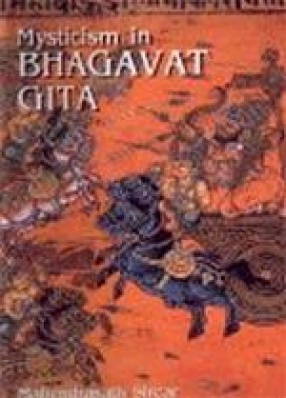Human consciousness is complex and specific differences make headway which enrich the mystic life. And the different forms of mysticism mentioned in the Gita,—philosophic, devotional, practical and contemplative—are due to the diverse phases of our conscious life. Mysticism does not read life in parts. It views the whole of it and does not leave even the slightest and the most insignificant thing out of consideration. It sees life in its soaring transcendence and in concrete details. This is the great advantage of the mystic approach. It quickens every chord of our being and affords an opportunity to understand and appreciate it in a new light not always available. And at times the influence works so quickly that it does not always become possible to record all the phases of revelation. The Gita appeals by the presentation of all the phases of mystic life in its concreteness and shows clearly how in every turn, life dwells in its habitual plane and yet soars into the expanse. The end of mysticism is not only to give a glimpse of truth, but also to effect a transformation of the individual to make him a fit vehicle for the transmission of divine life. The Gita aims at the realization of this concrete divine life in every finite being. He must be moved by the oscillations of the cosmic life. The direct aim is to break through the sense of limitations and to open the floodgate of divine life and energy to the fit, enabling them to shape the world-process to cosmic ends. It, therefore, allows the greatest activity with the least bondage to the demands of the personal self and as such establishes that mystic calm which is necessary to the realization of the still higher life and consciousness.
Sufi Heirs of the Prophet: The Indian Naqshbandiyya and the Rise of the Mediating Sufi Shaykh
Sufi Heirs of the Prophet ...
$60.30
$67.00





There are no reviews yet.